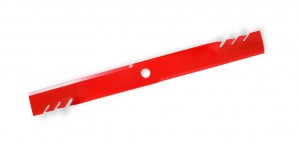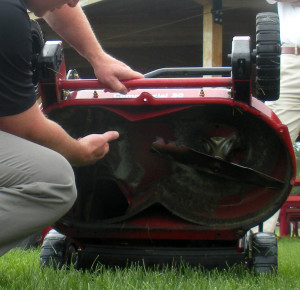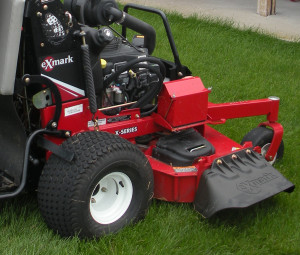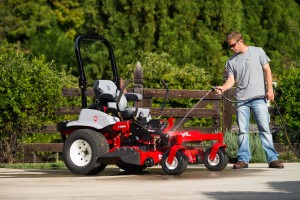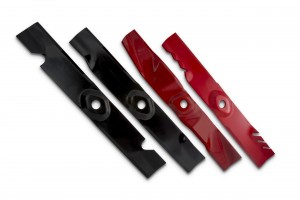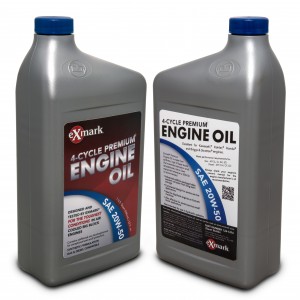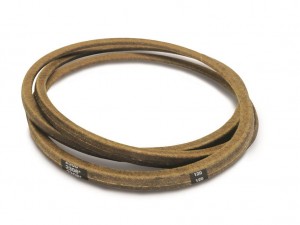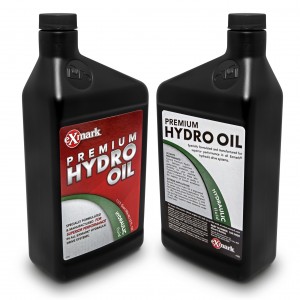As you gear up for the start of spring mowing, it’s important to check all of your equipment to ensure everything is running properly after sitting idle over the winter. If you or your staff do the maintenance on your operation’s fleet in house, here are the most common tune-up steps to make before heading out to mow.
Check the Tires
Make sure that sitting all winter didn’t make your tires uneven, especially if machines were sitting on cold cement in an unheated garage. After inflating to the proper tire pressure, visually check tires to make sure you don’t have flat areas or other spots that don’t look right. Also check the deck to make sure it’s level, as warped tires may cause an uneven deck. Replace any badly worn or warped tires.
Tune-up the Engine
Maintenance now can help prevent downtime during the busy part of the season, so give the engine a thorough tune-up. If you didn’t replace your spark plugs and batteries before storing the machines for the winter, do so now. Replace engine oil, change air and oil filters, check the contact points, and lubricate wheel bearings and other moving parts. Tighten fasteners and make sure that belts are in good condition, without cracks or other visible signs of wear.
It’s important to start the year with fresh oil and fuel, as gasoline and other petroleum products can cause problems if they’ve been stored for more than a month. Dispose of any hazardous waste in accordance with local regulations, and wear appropriate gloves and gear.
Clean the Machine
You cleaned the machine in the fall before storing it, but take the time to blow away dust and any other debris from your equipment. Dust and dirt can build up over the months your equipment sat idle, and if rodents or birds sheltered for the winter in your storage area, you may have other messes to clean up.
Blade Maintenance
Make sure blades are sharp and in good repair. Look for nicks or uneven wear, as this can reduce cut quality. After sharpening or replacing worn blades, be sure your blades are balanced. Vibration from an unbalanced blade moving at high speeds can put undue stress on the deck, leading to cracking.
Be sure to check your mower manuals for any model specific maintenance tasks, and review your maintenance logs from last year to make sure all tasks were completed. If you’re not sure, check out the maintenance schedules for all Exmark mowers.
Finally, before loading up the trailers and sending your equipment out with a crew, it’s a good idea to test each mower. A quick pass will help you ensure that everything is running as it should.

